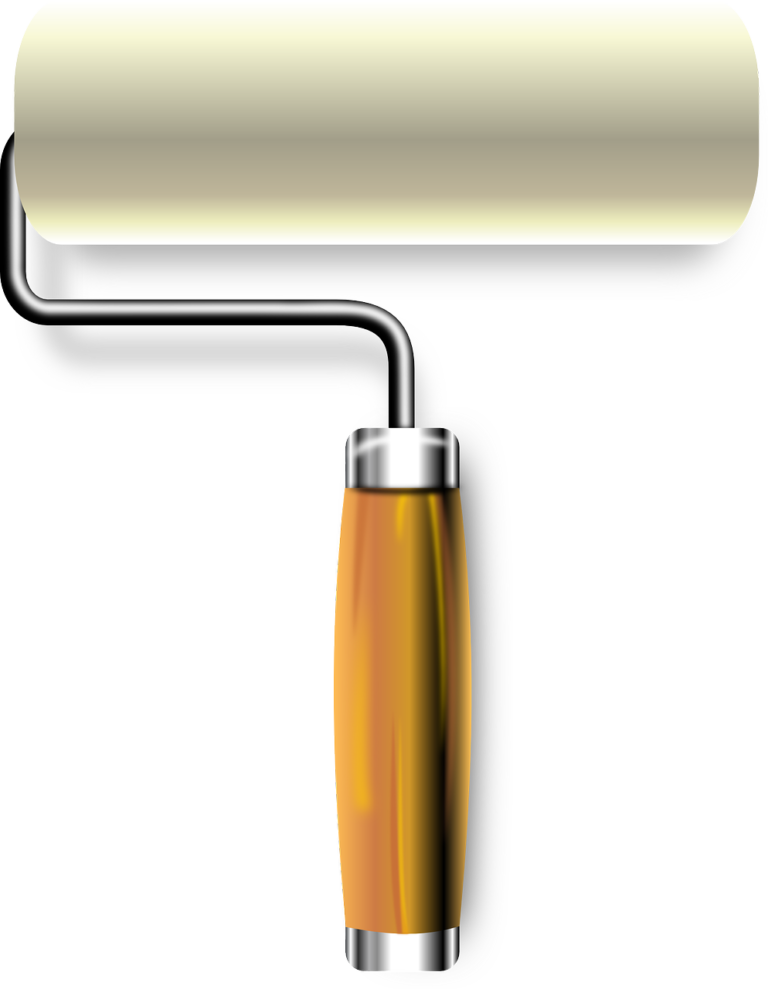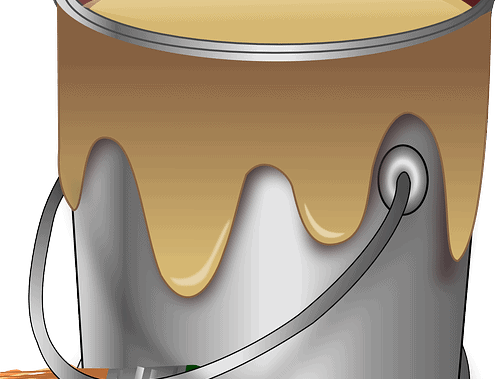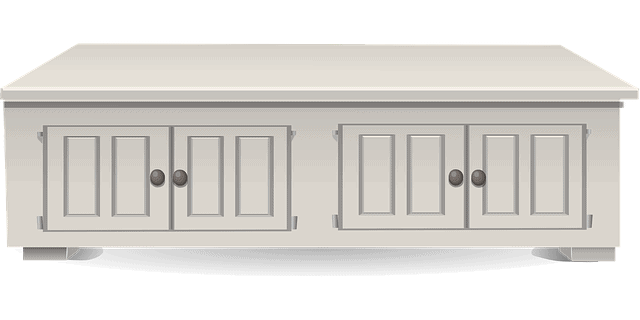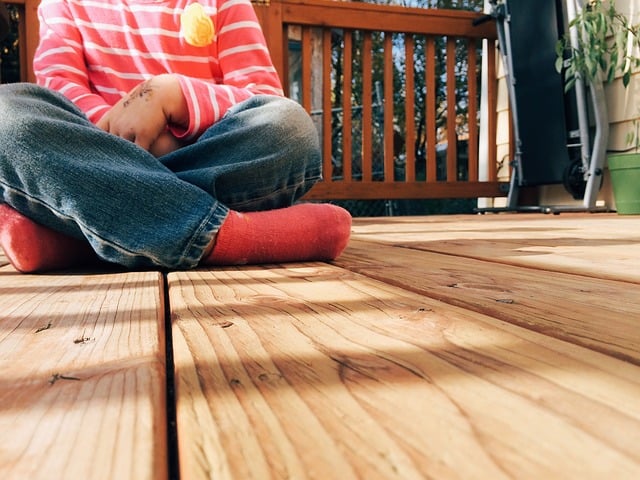Does Acetone Remove Paint?
Do you have a house wall, car, or garage that’s painted in some odd Rust-Oleum color? So, you’re wondering, “does acetone remove paint?” The painting has no clear coat but offers excellent corrosion resistance and color retention. 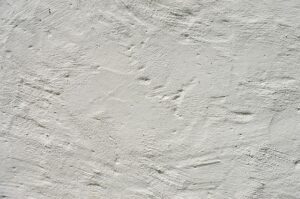
In brief, YES, Acetone (a solvent) removes acrylic paint, enamels, and oil-based paints (both dry and fresh). It’ll lift the mineral spirits and dry fast as you spin and shake the brush.
Acetone, as an ingredient, is used to remove paint and varnish. It’ll take off the paint right off when you pour it directly on your painted surfaces.
When you get your paint ruined, you spray the acetone on the painting, and it’ll merely clean it. Acetone is neither HAP nor VOC and hence it’s usable both for cleaning or clearing your finishes.
Details: Does Acetone Remove Paint?
Although acetone has some strong odor, it’s not toxic since it’ll only lead to some moderate irritation on your central nervous system. See Also: Stain Pressure Treated Wood.
Acetone is mixable (miscible) with different solvents plus water, and thus it’s usable with your regular coloring products, finishes, and paints.
Since Acetone has fast evaporation, it is also highly flammable and may result in a flash fire or explosion. Acetone will thus remove or damage paint plus other finishes, and hence it, must not be used as a cleaner.
Acetone is suitable for highly solvent-resistant finishes like epoxy resin, UV-cured finish, two-part polyurethane, and conversion varnish.
1. Put on Protective Clothing
First, wear your mask and gloves as acetone is a dangerous chemical that’ll dissolve both paint and grains.
Open up the pot and pour the Acetone into some container. Also, put some pieces of cloth into the Acetone mixture and rub it onto the plastic.
You’ll notices that the Paint will already have started coming off. You should wear some gloves to protect your hands. So, keep yourself safe – don’t get the chemical into your mouth or eyes.
2. Cleaning with Acetone
Acetone is s regular degreaser and cleaner for most industries and labs. You’ll also find acetone as a critical ingredient in your fingernail polish that’ll remove cyanoacrylate (CA) and epoxy adhesives.
Besides the cleaning role, you can also use the same Acetone to remove resinous oils on rosewood and teak, among other oily woods – it’ll worm better than denatured alcohol or naphtha.
Acetone is considered to be water-miscible. It hence will help remove the residue water from your latex paint sprayers as you swap from solvent-based or water-based products.
To enhance the drying process, wipe the wood surfaces using acetone juts before applying the finish or glue. Allow the solvent to evaporate, but don’t leave it long for the oil to settle on the wood.
Further, as a miscible solvent (mineral spirits), acetone will enhance the cleaning process of oil-glaze, oil-stain, and varnish brushes before washing using water and soap.
3. Acetone as an Excellent Solvent
Mineral spirits (the residue ones) will make washing more challenging. Acetone will remove these mineral spirits and will dry fast when you shake or skin the paintbrush.
Since Acetone is a powerful solvent, it’ll be effective in removing stickers and masking tape that’ll be stuck on the finish and those that prove difficult to remove.
But, the Acetone solvent could also remove or damage the finish – and hence it is excellent to use naphtha or denatured alcohol first.
The acetone has massive solvent strength, and hence it’ll remove finishes and paints – and thus, it is used as a critical ingredient in many varnishes and paint removers. You can reduce evaporation by including paraffin wax.
See Also: Semi-Transparent Deck Stain
VOCs or HAPs?
Acetone has fast evaporation plus equally comes with high flammability. So, a simple spark or flame will lead to flash fire to even an explosion. Thus, you must get yourself a great exhaust when working with Acetone in large quantities.
Acetone has magical strength and it’ll remove or even damage most finishes and paints. Thus, don’t use acetone like a cleaner on finishes that are not solvent-resistant.
Avoid using Acetone on epoxy resin, UV-cured finish, 2-part polyurethane, or conversion varnish. For fast drying of stain during cold weather, you may mix acetone with most stains and finishes due to its fast evaporation – miscibility.
See Also: Paint Brushes for Walls
Acetone is mixable and compatible with different stains or finishes – and thus adding a solvent will make it dry fast. You’ll love acetone with all lacquer and shellac.
But the addition of acetone to glazes, oil stains, and varnish won’t affect their drying process since these ones cure through oxygen-absorption and not generally through solvent evaporation.
Acetone for Cleaning?
Acetone is suitable as a degreaser and cleaner for industry and lab environments. Also, it is used in polish removers (for fingernails) and it’ll also remove cyanoacrylate (CA) and epoxy adhesives from surfaces and hands.
For finishing, the acetone solvent will easily remove different resinous oils on your oily woods like rosewood and teak – it’s better than using denatured alcohol and naphtha.
Conclusion
So, on acetone, we’ve considered this question – does acetone remove paint? Acetone is a fast-evaporating and robust solvent that you may to various finishes – you may mix with water and different solvents.
Luckily, acetone is eco-friendly since it has low VOC (volatile organic compound) and lacks HAP – and thus, it is suitable for use on different surfaces and areas.


